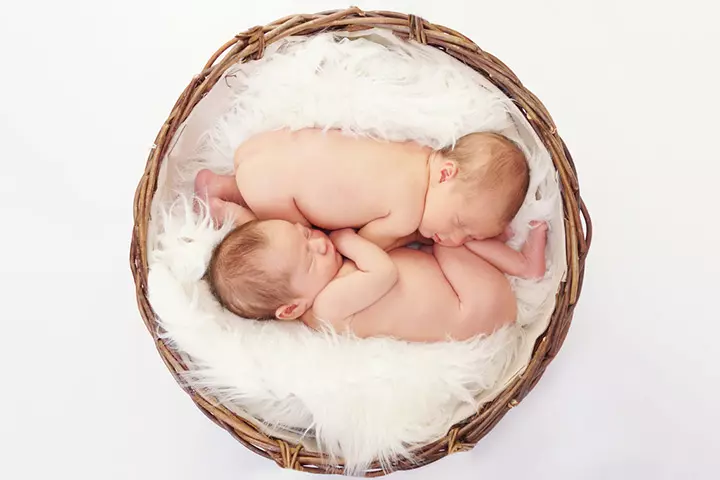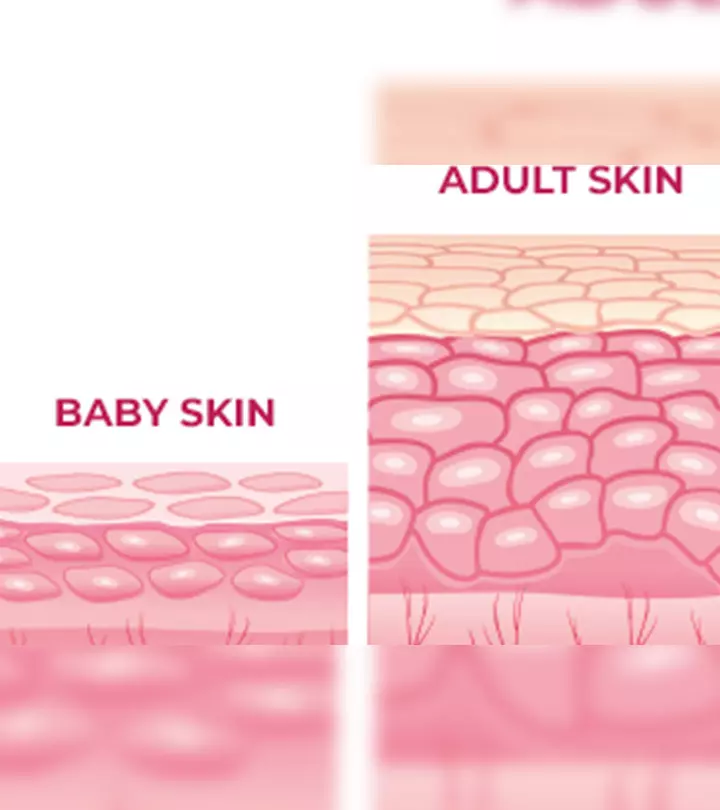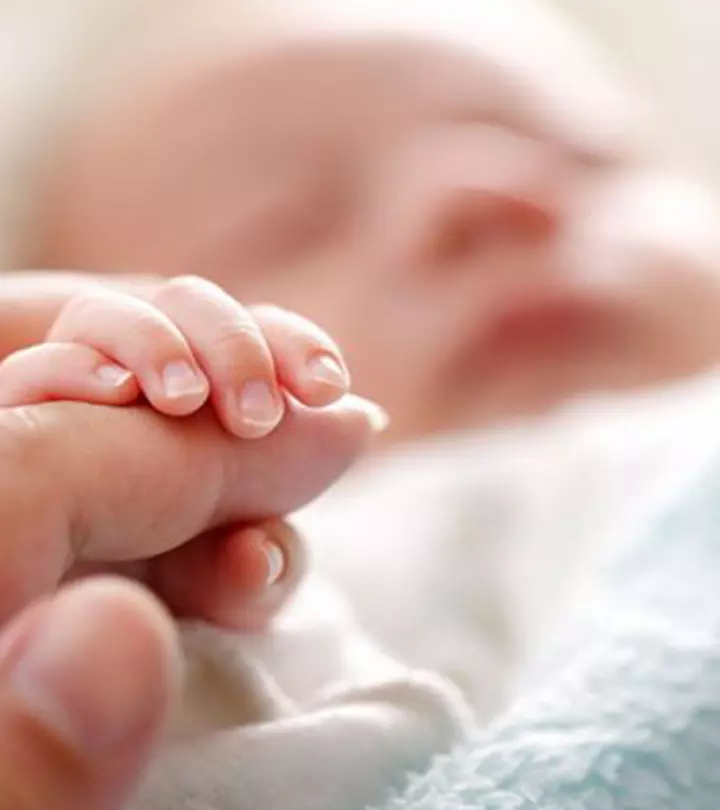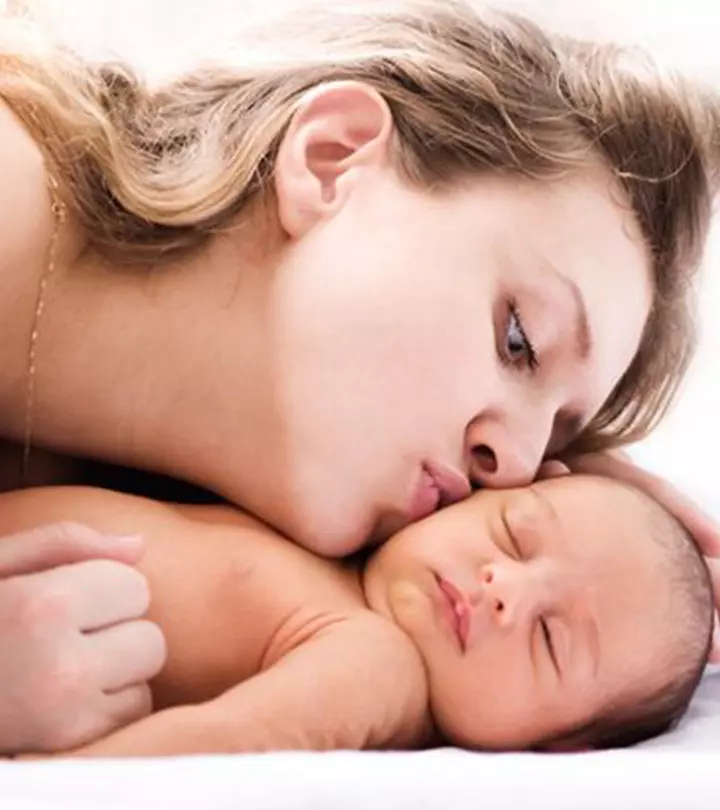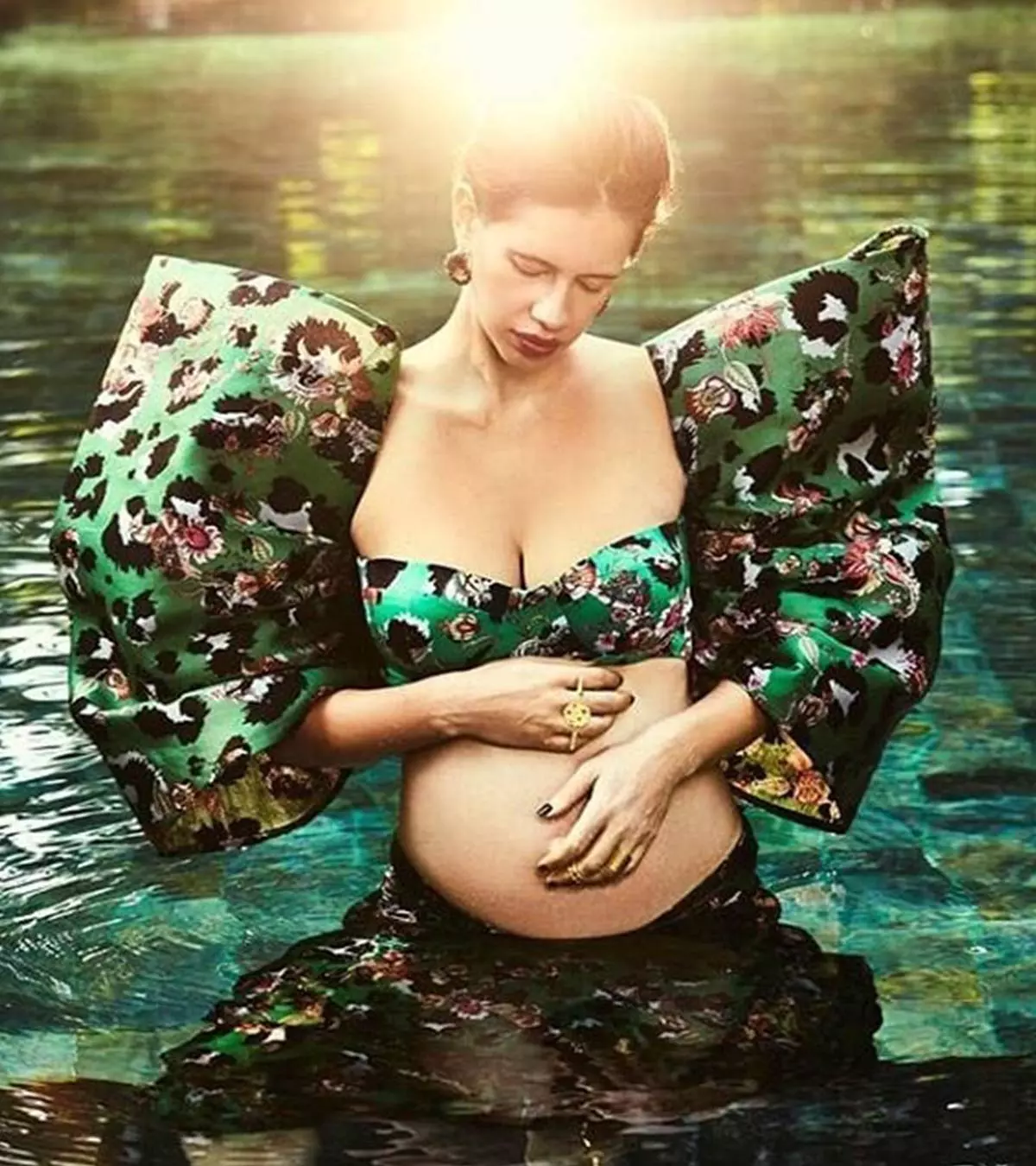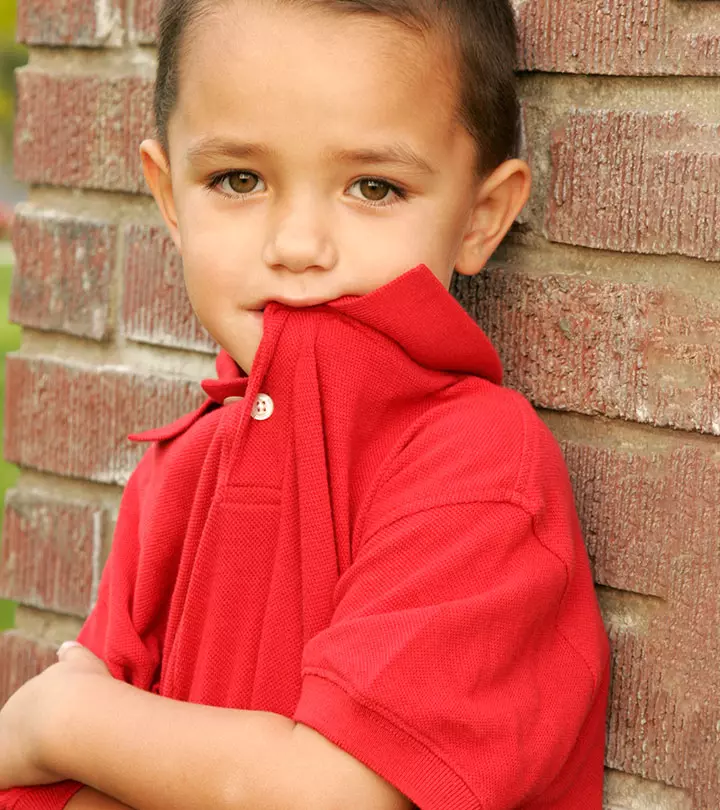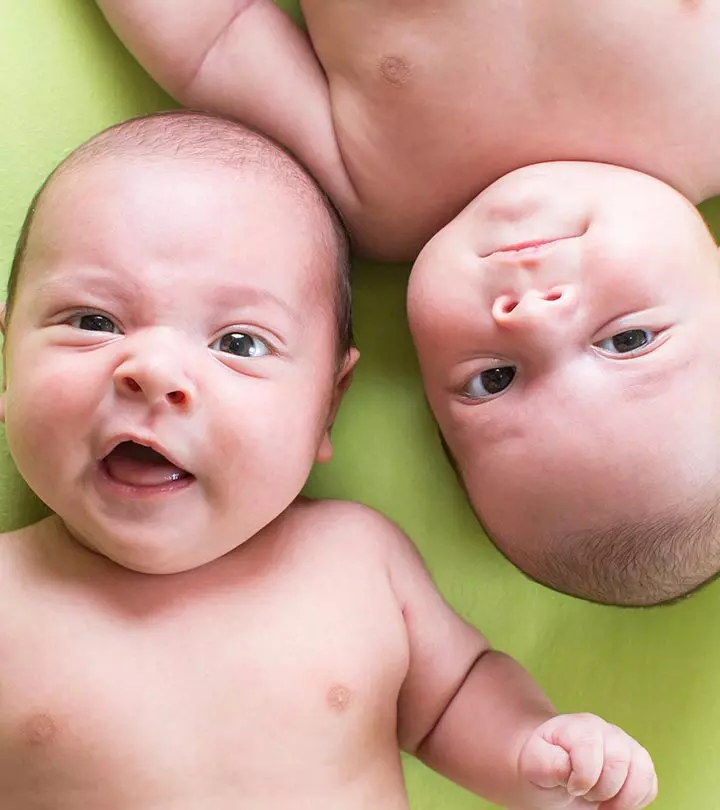

Image: Shutterstock
Do you know what I wish? I wish I had twins. It would be so much easier! I could get my share of the two babies I’ve always wanted without having to try a second time. Alas, life doesn’t work that way.

But since we are on the topic of twins now, why not let me tell you all about the different kinds of twins? Yes, twins are actually of multiple types! Here’s a lowdown on the different types of twins that the stork can bless you with!
Identical twins
Image: Shutterstock
First and foremost, let’s talk about the type of twins that everyone knows about and that is commonly accepted as the definition of ‘twins’.
Identical twins are also known as monozygotic twins because they develop from the same egg. There’s a possibility that they may even share the same placenta, although that is dependent on when the egg splits. Even though they are thought to be common, identical twins are a rarity when compared to the number of fraternal twins in the world.
That said, identical twins are, well, entirely identical to each other, which means they have the same sex, the same facial features, and the same hair colour as well.
Despite sharing the same DNA, there’s still a possibility that certain traits of their experience maybe unique. This can happen due to environmental factors as well as the placement of the baby in the mother’s womb. This can also affect their personalities as well as the medical conditions they develop, say for example different allergies.
Fraternal twins
Image: Shutterstock
Fraternal twins are not identical to each other. They are also known as dizygotic twins because they develop from two different fertilized eggs.
This happens when the mother releases two eggs while ovulating and both of them get fertilized by the father’s sperm. Fraternal twins are almost the exact opposite of identical twins in the sense that they do not share the same DNA and have no genetic similarities as well. In fact, they can be pretty much pass off as siblings who were born at different times. They may not even have the same gender!
Fraternal twins are way more common, especially among women who have babies when they are slightly older [1]. The reason for this is that older women tend to release more eggs when they are ovulating. Hence, there are high chances of more than one egg getting fertilized. Couples who opt for IVF (in-vitro fertilization) are also likely to have twins.
There are certain other, rarer types of twins too. These include:
Mirror image twins
Image: Shutterstock
This is a sub-type of the identical twin, but much rarer. Mirror image twins are the spitting image of each other, with traits that will be exact opposites of what the other possesses. For example, if one of the twins has a mole on the left cheek, the other one will have it on the right cheek, thus creating a mirror effect. Only 23% of identical twins turn out to be mirror image twins, making this kind one of the rarest.
Superfetation
Image: Shutterstock
Okay, this one is actually the rarest phenomenon of them all. Superfetation happens when two eggs released by the mother during the same ovulation cycle are fertilized at different times. Twins born out of such cases may have a difference of days, weeks or even months in their birth dates since their rate of development and growth will not be in tandem due to the different stages at which they got fertilized.
Overwhelmed a little bit and don’t know how you would be able to tell which kind of twins you are about to have? Don’t worry; a simple DNA test can give you the answer to that. And if you’re the kind who likes to keep the mystery alive, then wait till the D-day to find out your sweet surprise!
Community Experiences
Join the conversation and become a part of our nurturing community! Share your stories, experiences, and insights to connect with fellow parents.



